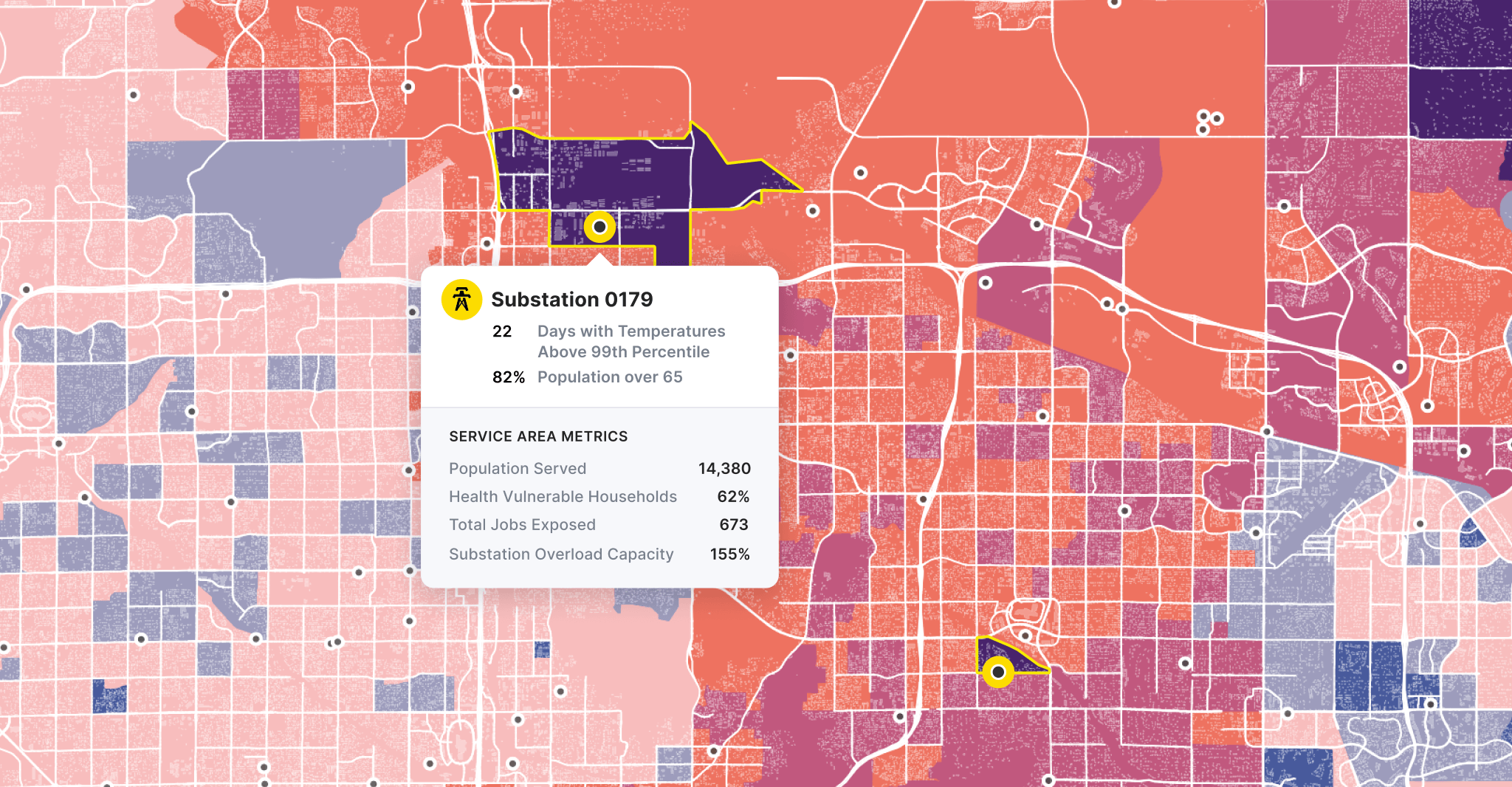
Prioritizing critical infrastructure investment to protect the most vulnerable as extreme heat becomes the new normal.
Today marks the end of July – with much more summer ahead – and the U.S. has been overwhelmed by what seems like a never-ending extreme heat wave. In fact, July will be the entire planet’s warmest month in its modern history. At times, more than 120 million Americans have been under extreme heat advisories, and critical infrastructure has been pushed to its breaking point. Sunday, July 30th marked Phoenix, Arizona’s 31st straight day of 110 degree higher temperatures and is slated to become the first major city in American history to average over 100 degrees for a complete calendar month. In Texas, El Paso has gone 44 straight days with temperatures exceeding 100 degrees. Miami, Florida, issued its second excessive heat warning ever on Friday, July 21 . The increasing frequency and duration of heat waves, wildfires, and other hazard events, with no relief in sight, is placing unprecedented stress on communities and critical infrastructure. It has never been more important or urgent to prioritize investments that protect our most critical assets and our most vulnerable communities.
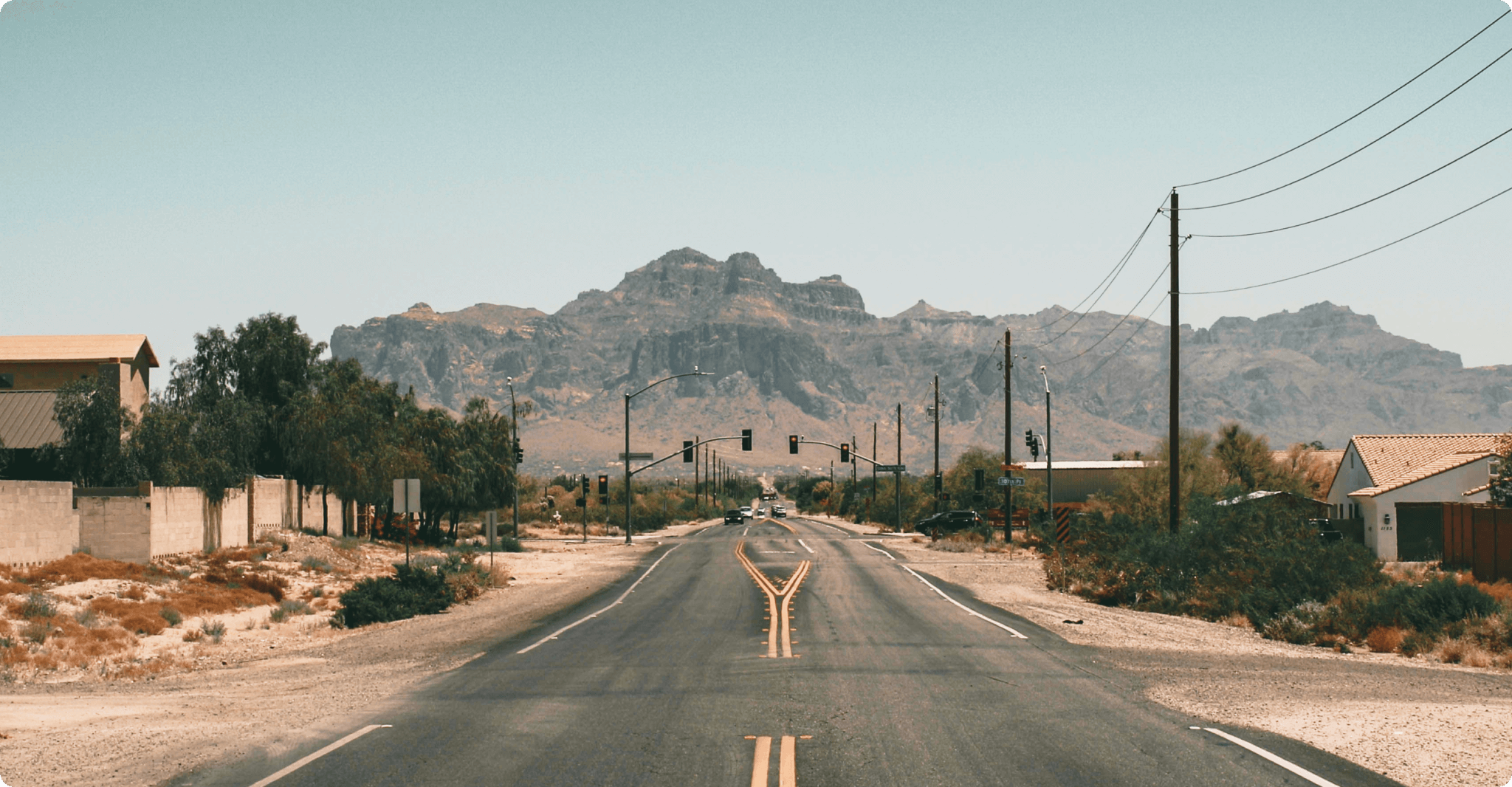
Energy systems are at center stage this summer as heat pressures aging infrastructure and systems that were never designed to withstand these ‘new normal’ extreme conditions. With grids stressed to the limits, the risk of life-threatening power outages is at an all-time high. And even though climate models predict worsening conditions for years and decades to come, more Americans are moving to heat prone areas of the county. The challenge is further compounded by a growing fleet of electric cars and decarbonization mandates that are accelerating conversion of more homes and appliances from natural gas to electricity.
How close is our energy system to its breaking point?
With natural hazard events increasing in both intensity and frequency year-over-year, utilities have found themselves at the center of a hornet’s nest of complex climate, community, and investment challenges. Resilience and hardening efforts are hamstrung by a foundation of aging infrastructure. The need to improve and upgrade the grid is urgent, but accelerating climate change and risk to communities makes it increasingly difficult to prioritize one investment or intervention over another. And with increasing mandates to decarbonize the grid and deploy EV chargers at scale, the challenges become even more complex. When deciding where to harden existing assets or invest in new ones, utilities have traditionally relied on assessments of the engineering-oriented characteristics of their own infrastructure (e.g. age, condition, capacity), as well as historical data on weather patterns and risks. This limited and rearview-oriented approach has some experts wondering whether our system is prepared to handle heat stress being magnified and accelerated by climate change.
Turning our Attention to Climate Risk and Community Vulnerability
Weather events’ impacts on energy infrastructure are further magnified by the effects on the communities energy providers serve. Extreme heat has been reported to cause over 12,000 deaths annually in the U.S. In June 2021 an unprecedented ‘1,000 year heat event’ blanketed the Pacific Northwest in days of triple digit temperatures – 30 degrees higher than the average in Washington and Oregon. Ill-prepared infrastructure and public agencies could not cope and more than 600 people perished. Countless more were stricken by heat-related illnesses and stretched health systems to their limits. Temperatures well outside of historical ranges highlight how unprepared we are for a new normal. Our systems are just as unprepared for stresses on the other end of the temperature spectrum. Almost 300 lives were lost when an historic winter freeze in the state of Texas devastated energy systems and left millions without power and heat. This summer, extreme heat has impacted Texans not just during the day but also at night. Dallas went six consecutive days with overnight temperatures not dropping below 80 degrees causing significant strain on residents and energy systems.
As excessive heat waves and warnings continue to roll across the U.S., energy utilities, public agencies, and emergency response organizations will need to stay on-the-ready to keep power flowing, restore failing infrastructure, and support vulnerable populations unable to withstand lost access to power, air conditioning, and medical life support. With so many more Americans at risk, state and federal regulators are increasingly turning their attention to making sure the most vulnerable are being prioritized by infrastructure providers.
- In Washington State, the new Clean Energy Transformation Act (CETA) presents utilities with new rules that require, “equitable distribution of energy benefits and reduction of burdens to vulnerable populations and highly impacted communities.”
- Building upon Biden’s Justice40 initiative, the Inflation Reduction Act of 2022 earmarked nearly $400 billion in federal funding to be used to advance clean energy and energy resilience programs over the next ten years, with much of the funding specifically targeted toward reducing vulnerability in communities that have historically experienced underinvestment–including low-income and disadvantaged communities that face the greatest effects of climate change.
- And in California, the Public Utilities Commission requires each investor-owned utility to develop vulnerability assessments due to climate change impacts and build a Community Engagement Plan to promote equity and inclusion of vulnerable communities in all plans.
Utilities must now grapple with a new set of standards and filters as they prioritize investments in the face of an ever more complex climate, community, and regulatory landscape. With the industry’s capital expenditure estimated to top $140B in 2023, utilities will need to incorporate a host of new community and climate factors into their spending criteria. And they must do it fast.
Prioritizing Grid Investments that Build Resilience and Reduce Vulnerability
When planning how to deploy limited resources, prioritization must go beyond engineering-based assessments of load, capacity, and safety to account for current and future climate risks plus the specific urban, economic, and socio-demographic factors that reduce a community’s resilience and exacerbate its vulnerability to extreme heat or cold. In additional to traditional safety and reliability measures, providers must quantify and account for:
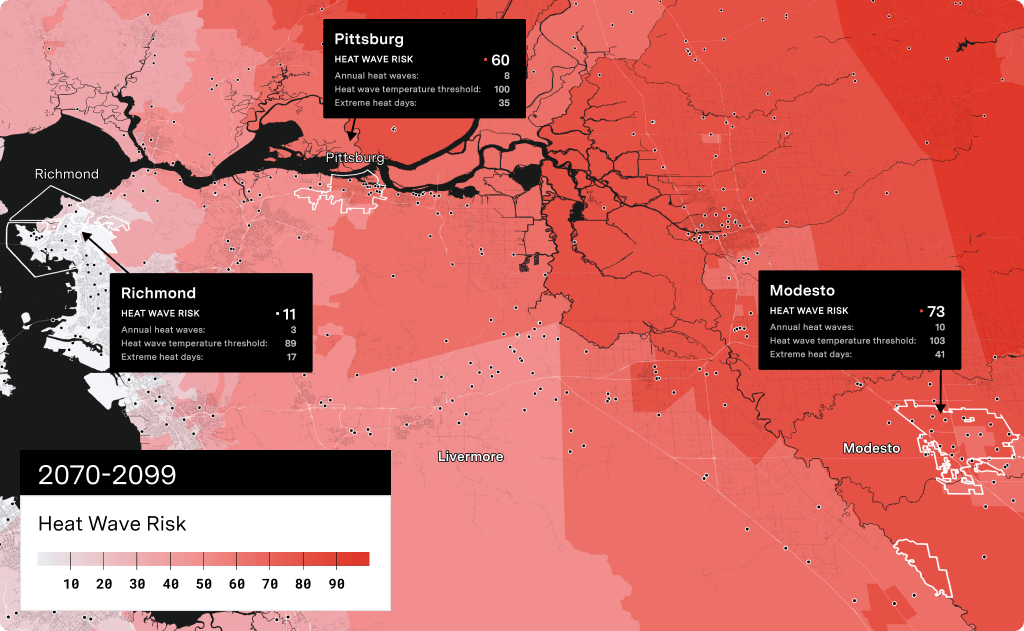
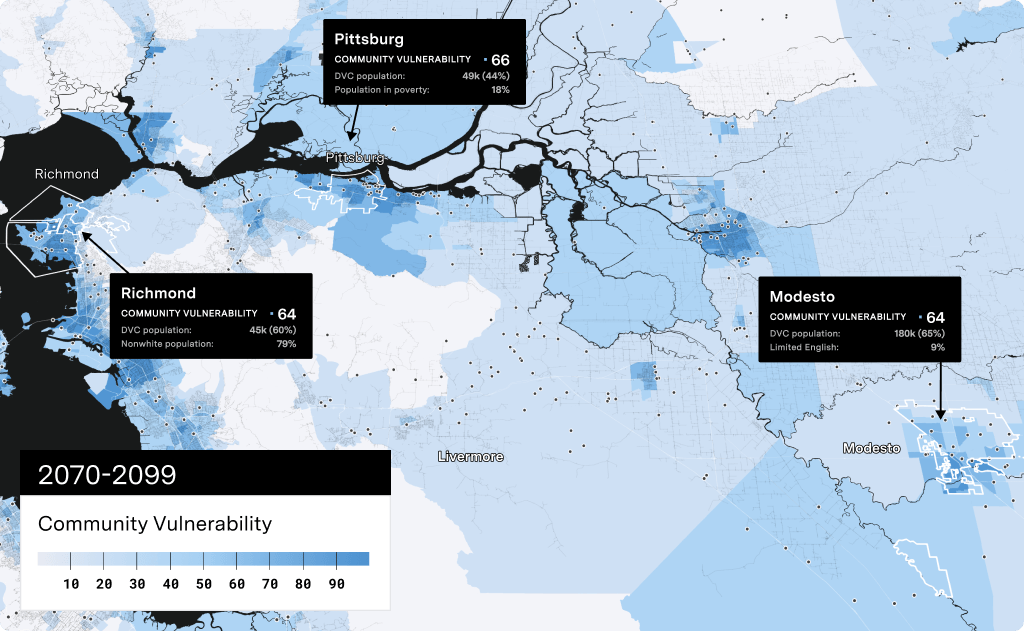
In the case of heat-wave risk, for example, a substation that supports more customers with medical issues, or a more elderly population, would thus rank higher for hardening or capacity expansion than one whose failure would pose less of a risk to the community it serves. At UrbanFootprint, we’ve been working to bring the modeling and underlying data to support this more holistic decision-making and make it more accessible to utilities, regulators, and public agencies. Our Resilience Insights combine urban, climate, and community vulnerability information into actionable data packages and interactive maps that utilities and other stakeholders can use to map and understand the risk to communities and infrastructure. These tools can be directly integrated into capital improvement planning, funding applications, and other critical planning and operational activities.
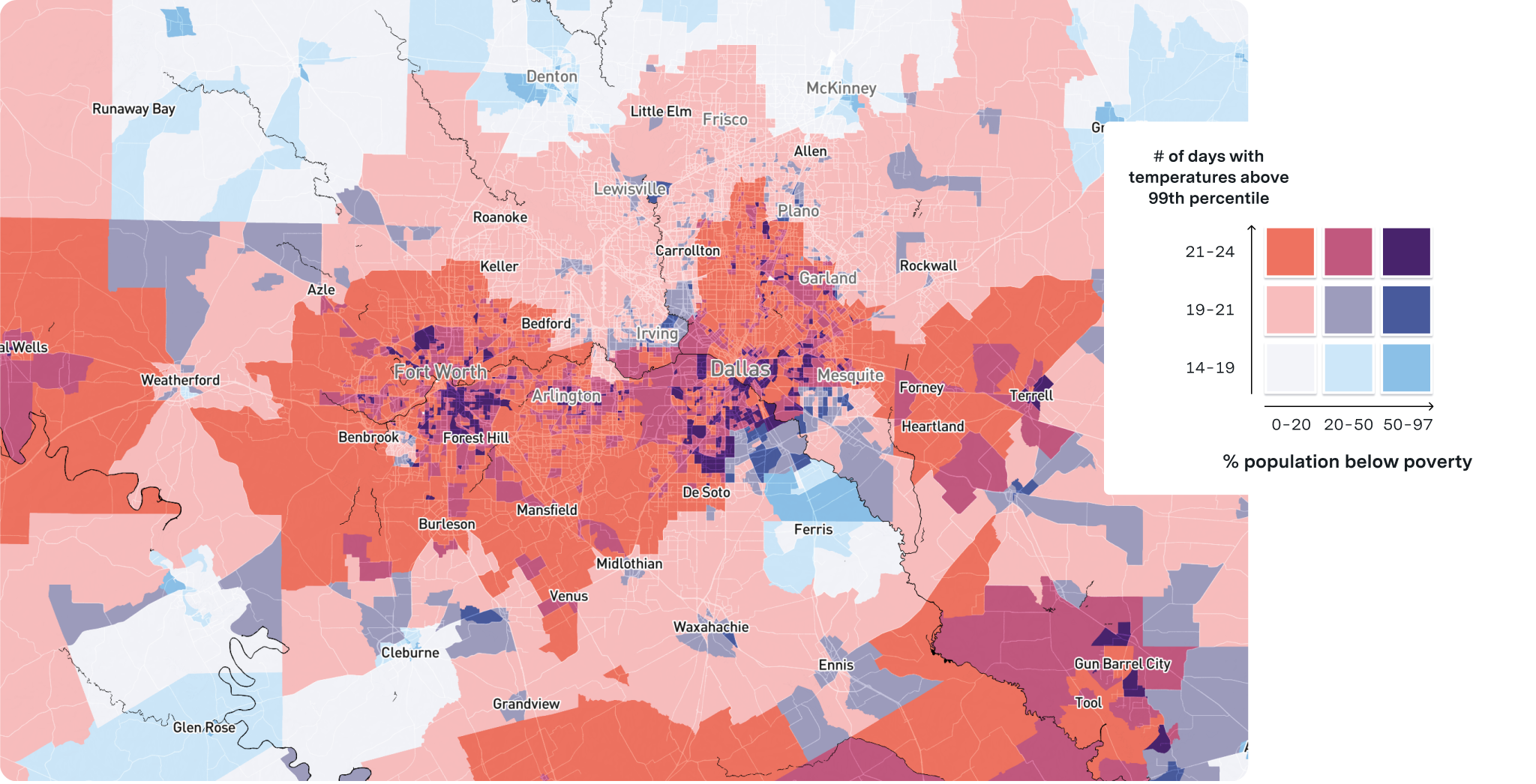
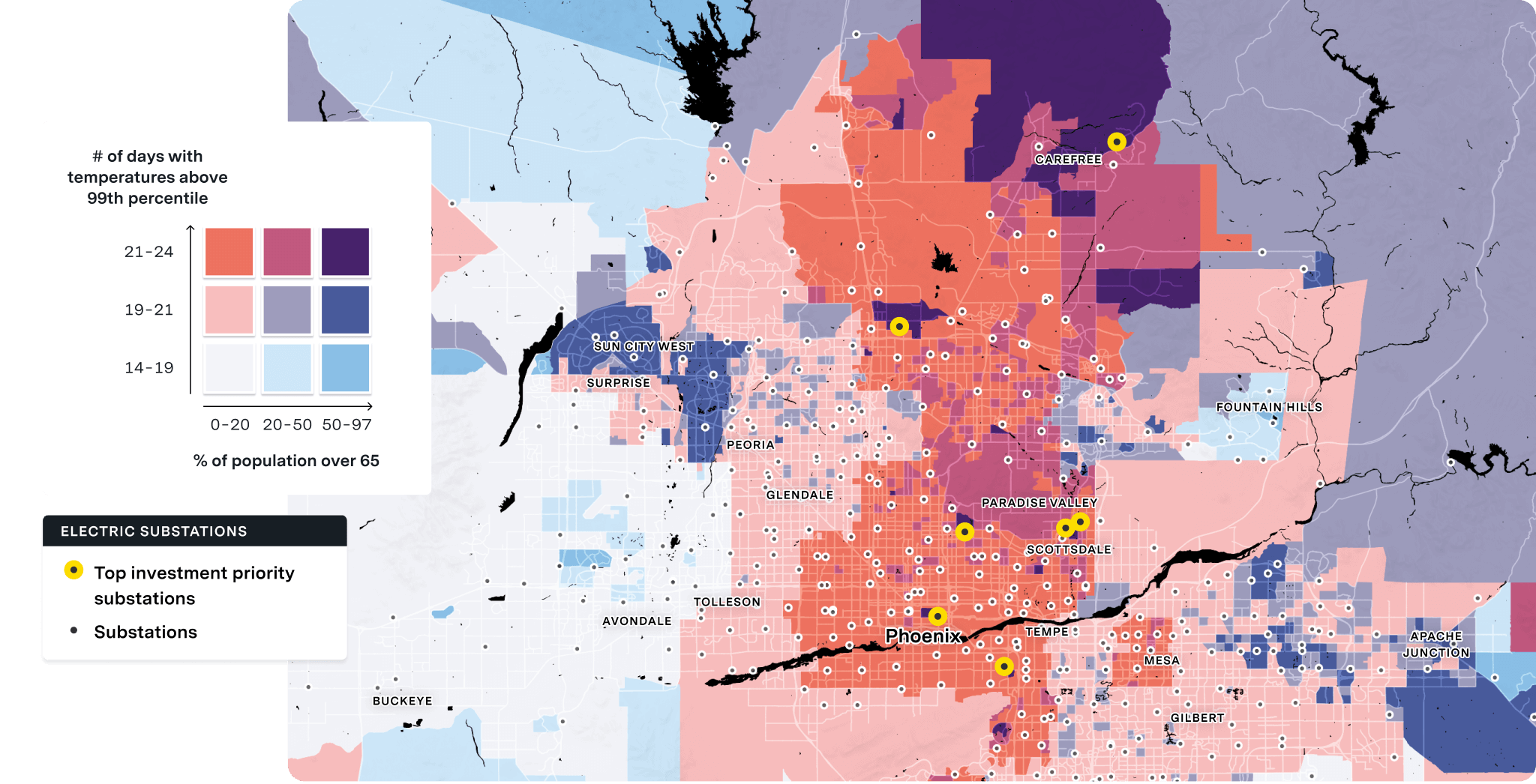
Armed with actionable Resilience Insights, utilities are better equipped to decide which assets to prioritize for upgrades, hardening, and funding proposals, ultimately empowering them to build grid resilience, minimize impacts on the communities they serve, and streamline compliance processes.
Energy providers all share the same top priority: providing safe and reliable service to their communities. With climate change rapidly changing the game for achieving this goal, a unified, data-driven approach that brings climate and community insights to critical investment decisions is the key to long-term energy resilience.








